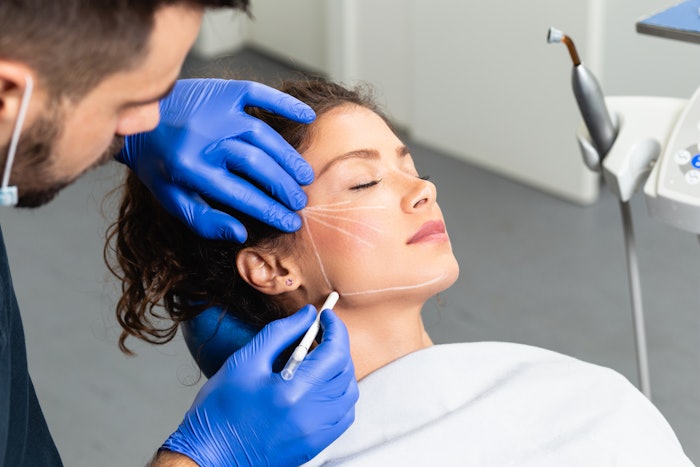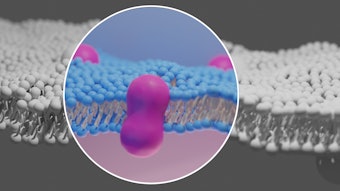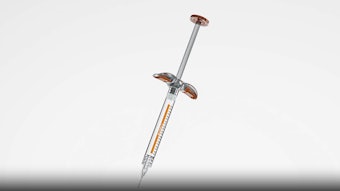
In the world of aesthetics, trends evolve, but few have transformed the industry as rapidly as the rise of the "20-year-old facelift." Once considered a procedure reserved for patients in their 50s and 60s, facelifts are now gaining popularity among younger patients—many in their 20s and 30s—who are experiencing facial aging in an entirely new way.
Why the Shift? The Ozempification of Aesthetics
The GLP-1 medication revolution—led by Ozempic, Wegovy and Mounjaro—has redefined weight loss, allowing patients to shed pounds quickly and dramatically. While this has been life-changing for health and confidence, it has also reshaped how we think about plastic surgery.
In the past, surgical facelifts were primarily sought out due to natural aging. Now, however, younger patients are experiencing facial deflation and sagging due to weight loss. The Ozempification of aesthetics has changed the paradigm of plastic surgery, shifting the focus toward restoring structure and balance rather than simply addressing aging.
Patients today are looking for longer-lasting solutions that move away from excessive filler use, instead focusing on lifting, repositioning and sculpting the face. This shift is why facelifts—whether traditional or minimally invasive—will be one of the hottest treatments of 2025.
The Impact of Weight Loss on Facial Aesthetics
Losing a significant amount of weight—whether through lifestyle changes, bariatric surgery or GLP-1 medications—often leads to dramatic changes in facial structure. These changes can be especially noticeable in younger patients, leading them to seek customized solutions for facial rejuvenation.
One of the primary concerns following significant weight loss is deflation and volume loss. Facial fat provides structure and youthful fullness. With rapid weight loss, the deep fat pads shrink, leading to a hollow, tired appearance, especially in the cheeks, temples and jawline.
Another major issue is skin laxity and sagging. The skin, which was once stretched over fuller facial contours, may not retract completely, leading to loose skin in the jawline, neck and midface.
Many younger patients initially turn to fillers to restore volume, but overuse can create an unnatural, puffy look. More patients are now seeking structural solutions, such as surgical lifting, to reposition tissue rather than simply adding volume.
These changes have reshaped the way plastic surgeons approach facial rejuvenation, leading to a demand for more tailored solutions.
Why Facelifts Are Becoming the Hottest Trend of 2025
Historically, facelifts were about turning back time—addressing deep wrinkles, loose skin and the natural aging process. But today’s facelift patients are not just aging—they’re changing.
Younger patients want structure, not just volume. Instead of simply adding filler, patients are looking for more permanent solutions to restore jawline definition, midface fullness and skin elasticity.
 Many younger patients initially turn to fillers to restore volume, but overuse can create an unnatural, puffy look. More patients are now seeking structural solutions, such as surgical lifting.Courtesy of lado2016 at Adobe Stock
Many younger patients initially turn to fillers to restore volume, but overuse can create an unnatural, puffy look. More patients are now seeking structural solutions, such as surgical lifting.Courtesy of lado2016 at Adobe Stock
Facelifts are no longer just for older patients. The new wave of facelifts is customized to fit a patient's individual concerns, regardless of age.
The result is a modernized approach to facelifts that focuses on natural-looking results, precision and long-term beauty.
Tailoring Facial Rejuvenation for the Ozempic Generation
The modern facelift is no longer just for anti-aging—it’s for restoring balance. The next generation of facelifts is designed to:
Reposition soft tissue rather than just adding volume.
- Tighten loose skin while maintaining a natural, youthful look.
- Enhance jawline and cheek contours without excessive fullness.
- Use regenerative treatments to improve skin quality and elasticity.
- Depending on the severity of volume loss and skin laxity, different treatment approaches can be used.
Minimally Invasive Options for Mild to Moderate Changes
For younger patients with mild skin laxity and volume loss, non-surgical treatments can provide noticeable results without major surgery.
- Radiofrequency & Microneedling (Morpheus8, Sofwave) – Stimulates collagen to tighten loose skin.
- Injectables (Hyaluronic Acid & Bio-Stimulators) – Add structural support without overfilling.
- Thread Lifts & MyEllevate – Lift and reposition sagging tissue with minimal downtime.
- Fat Grafting (NanoFat & MicroFat) – Restores volume naturally and enhances skin quality.
Deep Plane and Customized Facelifts for Moderate to Severe Cases
For patients with significant skin laxity and volume loss, non-surgical treatments may not be enough. In these cases, a facelift offers the most dramatic and long-lasting results.
- Deep Plane Facelift – Lifts sagging skin and underlying muscles to restore natural structure.
- Neck Lift – Removes excess skin and tightens the jawline for a sleeker, youthful contour.
- Fat Transfer with Facelift – Replaces lost volume strategically for a balanced, natural look.
By customizing the facelift approach, we can preserve a patient’s natural beauty while ensuring a refreshed, youthful look that lasts for years to come.
The Future of Facial Rejuvenation: The End of One-Size-Fits-All Aesthetics
The 20-year-old facelift is not about chasing youth—it’s about restoring harmony and confidence. Instead of the outdated, one-size-fits-all facelift, today’s plastic surgeons have access to a full spectrum of treatments that can be customized based on age, weight loss history and aesthetic goals.
Final Thoughts: The Future of Aesthetics in the Ozempic Era
The Ozempic era has redefined the aesthetic landscape, and facelifts are at the forefront of this evolution. As younger patients seek longer-lasting, structural solutions to facial changes caused by weight loss, we expect facelifts to be one of the most sought-after treatments of 2025.











